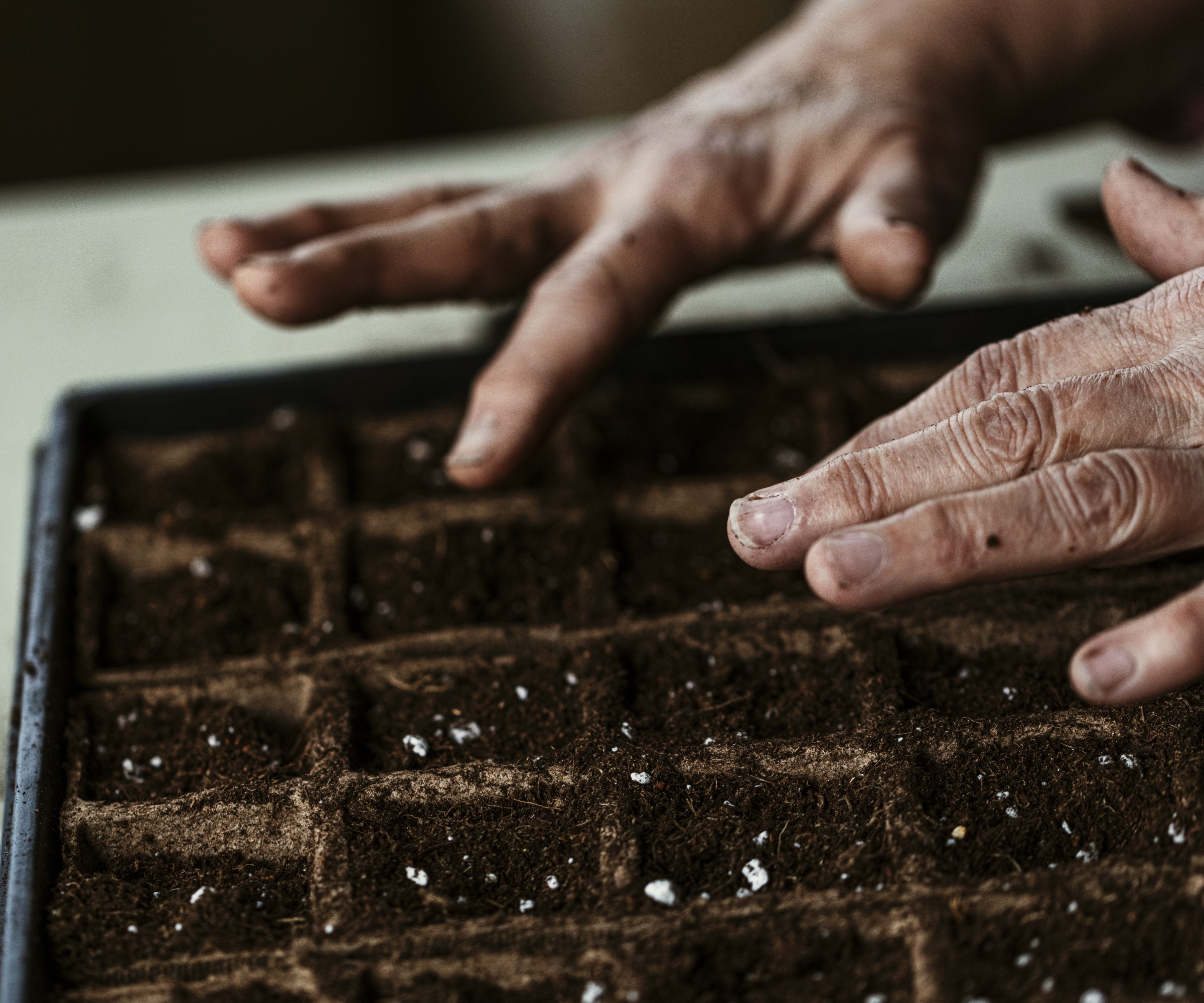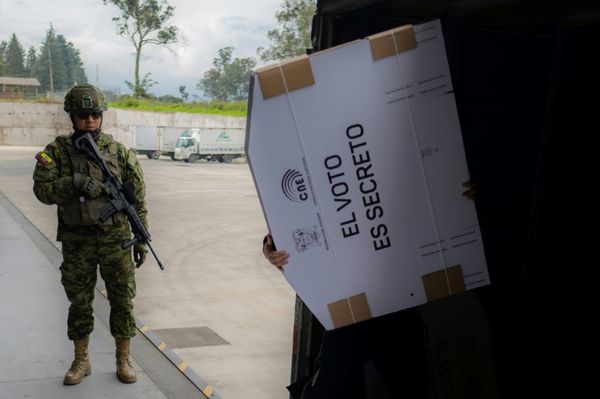
January is a time when many of us will begin to plan out our vegetable gardens and flower beds for the new year. Holding onto uplifting thoughts of burgeoning crops or beautifully scented blooms can often bring us hope, in anticipation of spring.
However, January is also a typically frugal month, where spending may have to be kept to a minimum, so it pays to get creative with how we source seeds and plants for our outside spaces. Fortunately, there are alternative methods of acquiring and collecting seeds other than buying them all from a garden center.
There are many ways free seeds are distributed, mainly through seed swap forums, libraries, and exchanges.
In time you can build up your own collection of special seed varieties to create a flower and vegetable garden that is uniquely yours. You'll also have the opportunity to acquire more rare varieties that are not widely available, and then save seeds from your own crops, which is a sustainable choice, too.
So, rather than shopping for your annual seed order, let's look at alternative ways re-stock your seed collection for the coming year.

6 simple ways to get free seeds
With a bit of research, you can find lots of local ways to acquire free seeds. Follow our tips below and finding out how to get free plants will soon become second nature.
1. Set up or find a local seed circle

A seed circle is a really simple idea. A group of friends, colleagues or neighbors organize into a group, and each one of you signs up to save seeds from one particular type of vegetable or flower.
It works best if each person saves seed from a vegetable or flower that they really like and have grown successfully, as they will have more choice about the plants they save from for stronger seeds. So if you have someone in your group who is super keen on growing, say, tomatoes then they're the person to produce tomato seeds for your circle.
You’ll each get lots of seeds when you save your own (far more than one person can make use of), so at the end of the growing season you can all swap with each other and get lots of seeds for free.
Alternatively, assign two vegetables or flowers to each person as seed-saving doesn't really involve any work - and it's a good insurance policy in case one crop goes wrong.
Make sure you follow our advice on how to make fertilizer and fertilize plants for free too, if you want to get the most out of your crops on a budget.
2. Join a seed library

Seed libraries are often set up in public libraries and community centers, and you can also find them online, where you can seek out seeds for free.
It's an opportunity to share a glut of your own seeds too, while if you're new to gardening you can take advantage of what's on offer. Take what you need, then pay back with your own collected seeds in the fall after your crops are harvested.
Seed libraries are big news in the US, where well-organized groups pool resources and share expertise. San Diego's Ocean Beach library is much like any other public library except you can check out packets of seeds with your books. Stored in a salvaged card catalogue, library visitors are encouraged to take packets of seeds home with them to plant. The seed library is about sharing and building community.
3. Find out about seed swaps

Local seed swaps are big news and there are thousands of them around the globe. Check your local library, community center or search online for a seed swap near you.
There's nothing complicated about how they work - seed swaps are exactly that, a forum where gardeners can meet and swap seeds. They are getting more and more popular too as the trend for kitchen garden ideas has surged. You might even get lucky and find that free plants are being swapped alongside the seeds too.
'Only sow the number of seeds you want to grow, with a few to spare,' says Sarah Mead, head gardener of Yeo Valley Organic Garden. 'Resist the urge to save the rest of the packet for next year. Seed is far better sown fresh and that way you can swap your leftovers with a friend, neighbor or at one of the many seed swap events held across the country. It’s a great way to discover something new for free and connect with like-minded gardening folk.'
Try Adaptive Seeds in Oregon, whose team steward rare, diverse and resilient seed varieties for ecologically-minded gardeners and seed savers.
4. Follow online seed exchanges

If you're keen to grow wildflowers from seeds, online seed exchanges mean you don't even need to leave the house to increase your stock of seeds. They are also a great forum for hunting out rare and heritage seeds, as well as unusual varieties you might be interested in.
You can watch for listings on Craigslist by doing a daily search for 'free seeds'.
Sites such as the non-profit Seed Savers are pushing out the seed exchange message, too. It's a community of gardeners and seed stewards, sharing and swapping rare seeds you might not find anywhere else. Sign up and browse seeds offered by other participants, then create a wish list of the seeds you're interested in for your flower bed ideas or small vegetable garden.
5. Take advantage of free offers

Local businesses, public gardens, charities and other organisations such as community gardens and allotments can be generous when it comes to giving out free seeds. Attend shows and events in spring, and you’re sure to find people handing out seed packets for free, too.
Many businesses and non-profit organisations offer free seed packets to protect pollinators, for publicity purposes and also to thank customers, so keep your eyes peeled for giveaways.
6. Collect your own seeds

Once you’ve got an established plot for your flowers and vegetables, you can start to save some of your own seeds for the following season. This is a fantastic way to keep gardening costs down and, in time, the seeds you save will become more and more suited to the specific conditions in your garden.
Andrew McDeere's book Seed Saving, available on Amazon, is a wonderful resource to help you get started.
'Growing from seed then harvesting ripe seeds from the plants you've successfully germinated and grown is one of the best things about gardening,' says Ruth Hayes, contributing gardens writer for Homes & Gardens. 'It's so rewarding and can also save you money.'
This is why there's been such a surge in interest in how to get free seeds especially from those looking to grow more of their own food.
'If you have flowers in the garden that you would like more of watch them like a hawk and harvest their seed as soon as it's ready,' recommends Sarah Mead. 'Choose a sunny day, and make sure you label and date the paper bag so you know what you’ve collected.
'If you want to find out how to get free seeds I would recommend starting with easy ones like poppies and nasturtiums, then branch out when you feel more confident. As long as you keep them dry and sow them fresh you should enjoy the satisfaction that comes from getting something for nothing with free garden ideas like this.'
FAQs
How do you collect seeds?
'The seeds of hardy annual flowers are easy to save, especially poppies and aquilegia, says Ruth Hayes, contributing gardens writer for Homes & Gardens. 'Wait for the seedheads to ripen then carefully shake the seeds into an envelope.
'I also leave a few bean and pea pods on the plants to ripen and dry when I harvest the rest. I collect the seeds when the pods are completely shrivelled and the beans and peas dry, and sow them at the appropriate time for the following year's crops.
'For the best results, seeds need to be stored somewhere cool and dry in a labelled envelope. There are a couple of ways to check they are still viable the following year. Larger seeds can be popped into a bowl of water. If they sink they're good, but if they float, they won't germinate.
'With smaller seeds, scatter a few onto damp kitchen paper, then seal them in a plastic bag and leave somewhere light and warm for a few days. If they sprout, the majority of the remaining seeds should be worth sowing.'
Why is a good idea to save your own seeds?
Saving your own seeds makes sense, particularly if you're on the lookout for cheap garden ideas and want to grow your own food. By saving your own seeds you have control over the provenance and it allows the varieties you're growing to adapt to the specific conditions in your own garden.
Saving your seeds is the best way to propagate your garden too, and it is sustainable as there is no packaging or transportation involved if you harvest your own seeds.
If you are eager to learn more about how to collect seeds, you might be interested to read how to save cucumber seeds, or how to harvest sunflower seeds.







